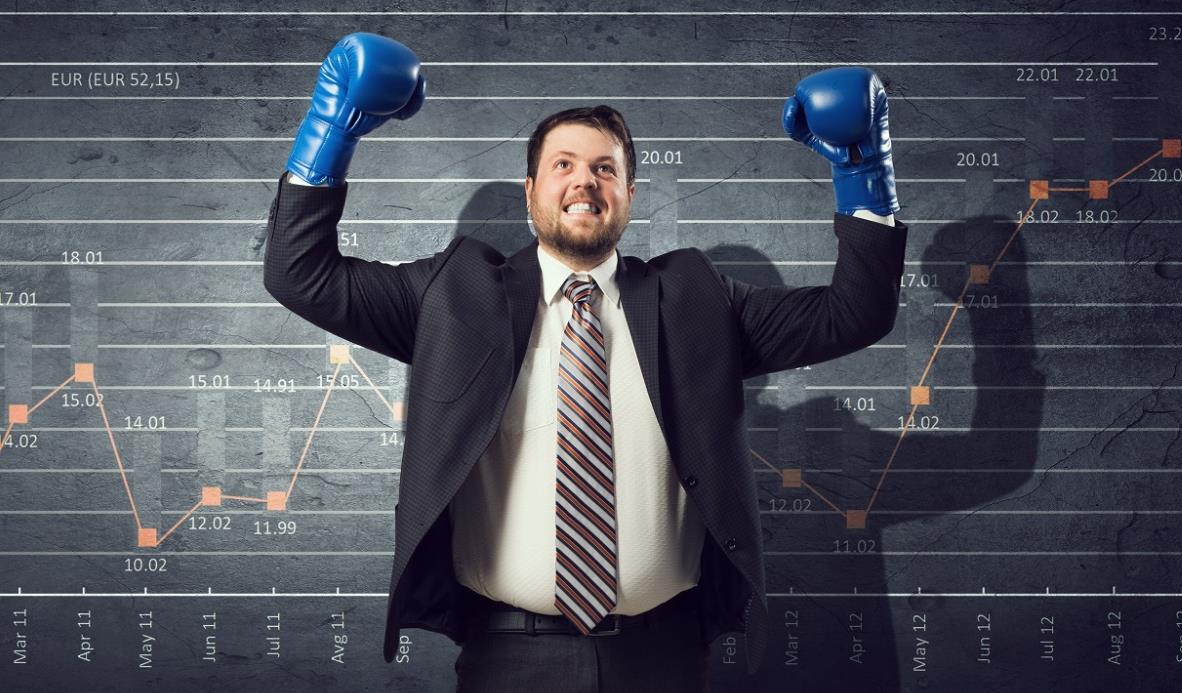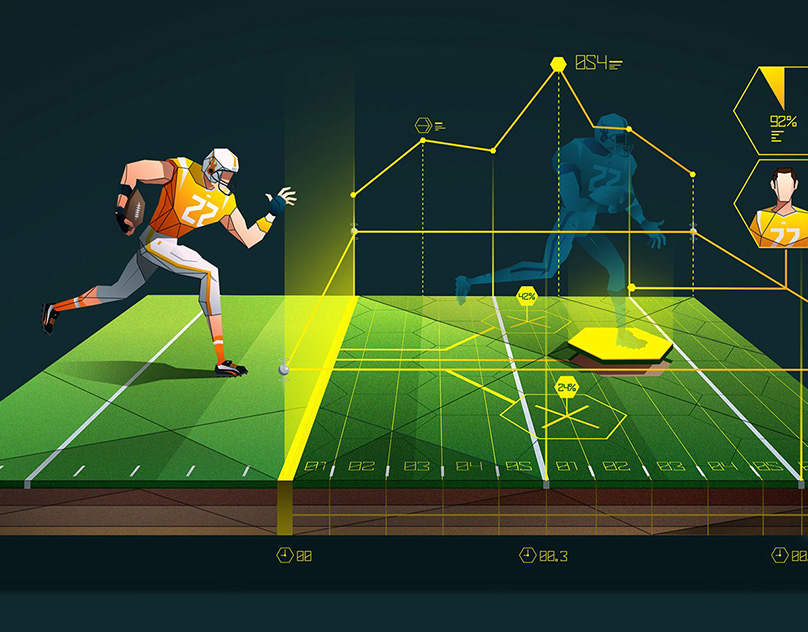Russian sports films have long outgrown genre boundaries. These movies are no longer just chronicles of competitions or stories of another training session. Each episode in them reveals character, breaks destinies, elevates the human spirit. The creators of such films use real events, archival materials, live biographies, and dramatic twists to convey not only the heat of physical struggle but also the inner tension of the hero.
The Evolution of Russian Sports Films
The Soviet school of sports cinematography defined the basics: honesty, dramaturgy, attention to detail. After the 2000s, Russian sports films transformed, intensified the visual component, turned to biographical storylines, and began to use modern technologies more often: slow-motion filming, computer graphics, cinematic color correction.

The authors filmed not for the box office, but for the truth – every frame demonstrated how an athlete overcomes internal barriers, not just external opponents.
1. “Going Vertical” – drama of heroism and character
The key theme of the film is the confrontation between the USSR team and the USA team at the 1972 Olympics. The film is based on archival protocols, interviews with athletes and coaches. The center of the story was a basketball tournament where in the final seconds, Soviet basketball players snatched victory, setting a record.
Director Andrey Maleev emphasizes not only the match but also the internal conflicts within the team, complex relationships with the system, media pressure. Russian sports films rarely demonstrated such precise reconstruction of sports events – each episode is recreated to the second.
2. “Legend No. 17” – the path from a village boy to a world-class star
The film depicts the life journey of Valery Kharlamov – a hockey player who became a symbol of strength of spirit and love for the game. From training in a barn to matches against Canadians in the 1972 Summit Series. The film is filled with specifics: names of coaches, tournament results, equipment details. The biography here is not fictional – each episode is confirmed by archives and memoirs. The viewer immerses in the atmosphere of locker rooms, training bases, ice arenas. The actors’ performances and attention to detail made “Legend No. 17” a benchmark among Russian sports films.
3. “World Champion” – chess as a battlefield
Not every sports film includes physical movement. This film tells the story of a psychological duel between Anatoly Karpov and Viktor Korchnoi. The sports drama turns into a political thriller, where at stake is not only the title but also the country’s prestige. The key scene is a game where every move is calculated from a political perspective. The confrontation reveals the characters of the heroes and their inner motivation. The film uses a chronologically accurate reconstruction of the games and quotes from real interviews.
4. “White Snow” – a story of perseverance and cold
The film is dedicated to skier Elena Vyalbe. The drama is built on the athlete’s path from her first races in Magadan to the World Championship in Trondheim, where she won five gold medals. It’s not just a story of victories – an honest chronicle of fatigue, pain, training in the cold.
The camera follows the heroine not only on the track but also in everyday life, making the film realistic. The creators abandon gloss and pathos, focusing on the real strength of character. Among all Russian sports films, this is one of the most modest but honest ones.
5. “Coach” – an inside look
The film reveals the role of a coach – a person who shapes the team, works with individuals, changes mindsets. The main character is a former footballer who takes on an underdog team and leads them to victory in the national championship. The script uses real prototypes of coaches, their methods, approaches to discipline and psychology. The conflict line between players and the coach unfolds against the backdrop of press, fans, and management pressure.
6. “Poddyubny” – timeless strength
The film is dedicated to the biography of Ivan Poddyubny – a wrestler who never lost an official match. The film spans several decades, including pre-revolutionary competitions, tours abroad, work in the circus. Archival documents, posters, European and American championship protocols are used. The creators recreated sports arenas, costumes, features of training processes at the beginning of the 20th century. Technical parameters such as barbell weight, tournament conditions, and even audience composition correspond to real facts. A classic example of how Russian sports films combine patriotic sentiment with historical accuracy.
7. “The Battalion” – when sports toughen a fighter
Although the film’s plot is not directly related to competitions, the preparation of a women’s death battalion during the First World War resembles intensive sports training. The main heroines undergo physical and moral trials, train, endure forced marches, shooting, close combat.
In essence, the plot demonstrates how body and spirit toughening forms real strength – the same strength characteristic of athletes. Through trial scenes, themes of discipline, resilience, sacrifice, familiar to Russian sports films, are traced.
8. “On the Edge” – fencing as a metaphor for life
The story of two sportswomen competing for the title of the country’s best saber fencer is based on psychological and physical confrontation. The film uses real principles of fencers’ training: stance, choosing the moment of attack, fast weapon work.
Shooting involved professional athletes and coaches. The script uses over 30 real techniques used in world championships and the Olympic Games. The film gives an idea of how sports competition turns into a personal conflict, intensifying the dramatic tension.
9. “The Box” – street football as a self-assertion arena
The film shows teenagers playing football on a backyard field. The plot is not related to professional sports but focuses on character formation, teamwork skills, and the struggle for recognition.
The camera follows the ball movement, showing accelerations, feints, reactions. The visual style resembles a documentary, enhancing the presence effect. For the Russian audience, this film is especially close because it is from such games that the path of most athletes begins.

7 Films Based on Real Stories
Russian sports films shape values: respect for effort, character cult, patriotism without slogans:
- “Going Vertical” – match against the USA in Munich, 1972.
- “Legend No. 17” – life of Valery Kharlamov, 1948–1981.
- “White Snow” – World Championship in Trondheim, 1997.
- “World Champion” – title match between Karpov and Korchnoi, 1978.
- “Coach” – generalized image based on Yuri Semin’s career.
- “Poddyubny” – story of Ivan Poddyubny, a wrestler from the early 20th century.
- “Battle for Sevastopol” – although a war film, key scenes demonstrate sports training and the character of sniper Lyudmila Pavlichenko as an athlete.
Russian Sports Films: The Main Thing
Russian sports films form a unique cultural code. These films show not only victories but also the path to them. Each plot hides years of training, the pain of defeats, the thrill of tournaments, the weight of decisions. The heroes live under pressure, strive for victory, and find the strength to continue. The film authors use real names, accurate chronologies, live episodes to create an atmosphere of complete involvement. Emotional richness is combined with technical accuracy: exact scores of matches, arena names, biographical dates, training parameters.
 en
en  ru
ru  de
de  ar
ar  es
es  nl
nl  hi
hi  fr
fr  it
it  pt
pt  el
el 



